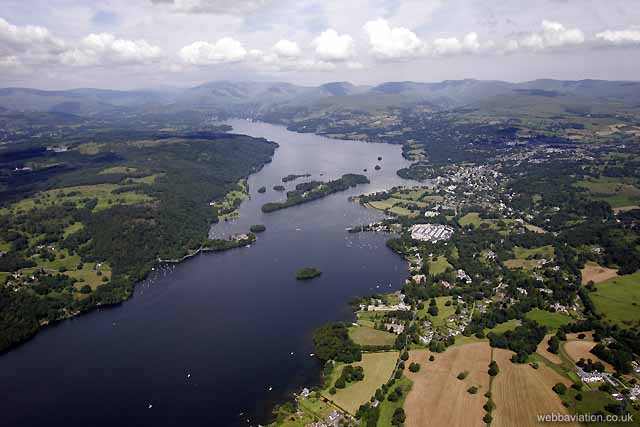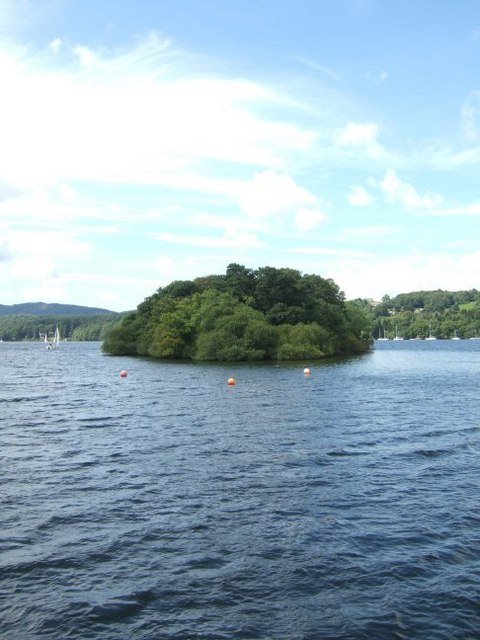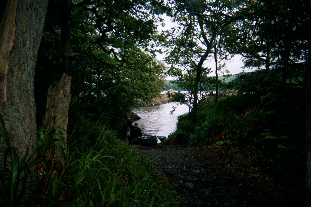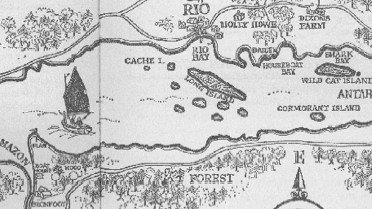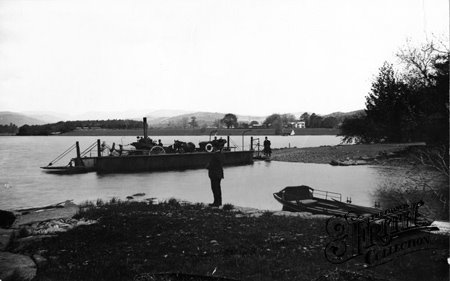I'm indebted to the three IND... readers who left comments on the last post for the inspiration for this one.
Dr Duncan Hall wrote: (extract)
I would probably begin from a starting point of suggesting that Ransome was not really trying to 'implant' political lessons in anybody's mind... And then there are certain values - what childhood should be like, justice and fairness, being protective of nature, an interest in traditional industry (charcoal burning) and pursuits (hound trailing), etc. Ransome could easily have arrived at all his rather universal values without having a political view. But I think you can just detect a bit of the politics peeking through, particularly in terms of which values become paramount and which characters are portrayed most sympathetically.
Ambling Aussie wrote: (extract)
His political leanings and his interest in Russia never did sit too well in later decades. however, we love him for all that. I'm a member of TARS in Australia, and armed with the books advertised on this page by Roger Wardale and others, I am heading off to the Lake District June 1 for a glorious few days in his footsteps.Dominic Rivron wrote: (complete)
To someone who only knows the books and has seen photos of the older Ransome, he so fits into a stereotype of a gentleman writer of improving fiction for young people that most people take its accuracy for granted. Prototypes - e.g., Kipling, Buchan, WE Johns, et al - abound. At first glance, his appearance, his subject matter and many of his interests are very “establishment”. He so looks the part that he must have turned into it!
It is almost like the way a magician attracts our attention to what he wants us to see, while distracting us from what is really happening. But I don't think it was a deliberate act – it just happens like that because the stereotype is so strong. However, the sympathetic adult role models in the books, the "friendly natives" are anything but conventional. Superficially, yes: middle-class professionals who are obviously quite well-off. But they all have hidden depths which lead them to conspire with the children who are seeking to remap all the world that is known to them. I could go on (and do, on my own blog). It's more than a game of let's pretend. The post-imperialist world is turned on its head: rather than the "uncivilised" it's those who take civilisation at face value and can't see beyond it who are the "natives" in these stories.
My favourite photo of Ransome is one in which he look young, idealistic, bright-eyed and a bit dishevelled!
Ambling Auusie's comment led me to a delightful series of posts on his blog describing his pilgrimage from Australia to visit The Lake in the North. Dominic Rivron's comment also led me to look up his blog. His post, To the summit of Kanchenjunga, caught my eye. It sums up much of my own relationship with Arthur Ransome's books in general and the Swallows and Amazons series in particular.
Nowhere in the books I read did I seem to find any hint of Ransome's elusive politics. There was an all-pervasive humanism. There is a lot about values, decency, the love of nature and the spirit of fantasy and adventure. I don't remember there being any reference to religion: the nearest we get, as I remember, are the draconian strictures of the G.A. as to appropriate behaviour on a Sunday. All the ritual in the stories (and there is quite a lot) is carried out away from the adult gaze and usually involves a reversion to the primitive. Ransome's most sympathetic characters value the decencies of civilisation while remaining in touch with their “inner savages”.
His children often refer to the adults as “natives” (in the first book they even invent a stupid pretend language to communicate with them, which Ransome subsequently -and sensibly- dropped). The children are the “explorers”,and though they often invent games which mimic the likes of Nansen, they are not extending the boundaries of civilisation and civilised knowledge as the "natives" understand it. Rather, they are literally redrawing the maps of the world around them, rediscovering and renaming things the "natives" around them, who consider themselves to be civilised, take for granted. The term "friendly natives" is reserved for those adults who recognise the limits of this civilisation. For the child explorers, exploration is an act of rediscovery and renewal - and this, surely, touches on the political, in the broadest sense.
Perhaps any political theme to the stories is so over-arching that it is almost impossible to see. And yet, who makes the audacious plans? Who is frequently credited with drawing the maps in the books? Who adopts a pseudonym (her real name is Ruth)? Who, to return again specifically to Winter Holiday, announces the start of the Polar Expedition (albeit unwittingly) by raising a scarlet flag? If we need to look for real life models for the character of Captain Nancy we should perhaps look not only to children known to Ransome but also at his earlier friend, VI Lenin (real name Ulyanov). One could even compare Nancy's late arrival at the North Pole having been prevented from leaving Beckfoot by the mumps with Lenin being delayed in Europe before finally arriving at the Finland Station (2). If all this sounds fanciful, it is only because being a friend of Lenin in itself sounds fanciful. If any other less famous or controversial friend of Ransome's had been a born charismatic leader who lived under a pseudonym, raised a red flag and been delayed from taking part in a plan he had played a major role in shaping, his biographers would have rooted him out long ago.
I'm not suggesting that the stories abound in allegory, any more than the maps in the books are actual representations of the Lake District. However, they do seem to contain interesting allusions and themes relating to Ransome's experience of the Russian Revolution, his feelings about it and the people involved in it. He would be a very unusual writer if they didn't. Was he aware of them? Possibly. Surely, in the case of Winter Holiday. Did he want people to see them? He was shrewd enough, surely, never to let us know directly. What we do know is that he wrote (and wanted children to read) dramatic stories about young explorers who set out to remap the world. And that, I think, speaks for itself.
(1) Hardyment, Christina, Arthur Ransome: Captain Flint's Trunk, Francis Lincoln Ltd 2006
(2) These are not the only possible allusions. Take, for example, Nancy's and the explorers' determined efforts to communicate during her illness and isolation. Winter Holiday is a book about the enforced exile of a leader.
licensed by Dominic Rivron under a Creative Commons License.


